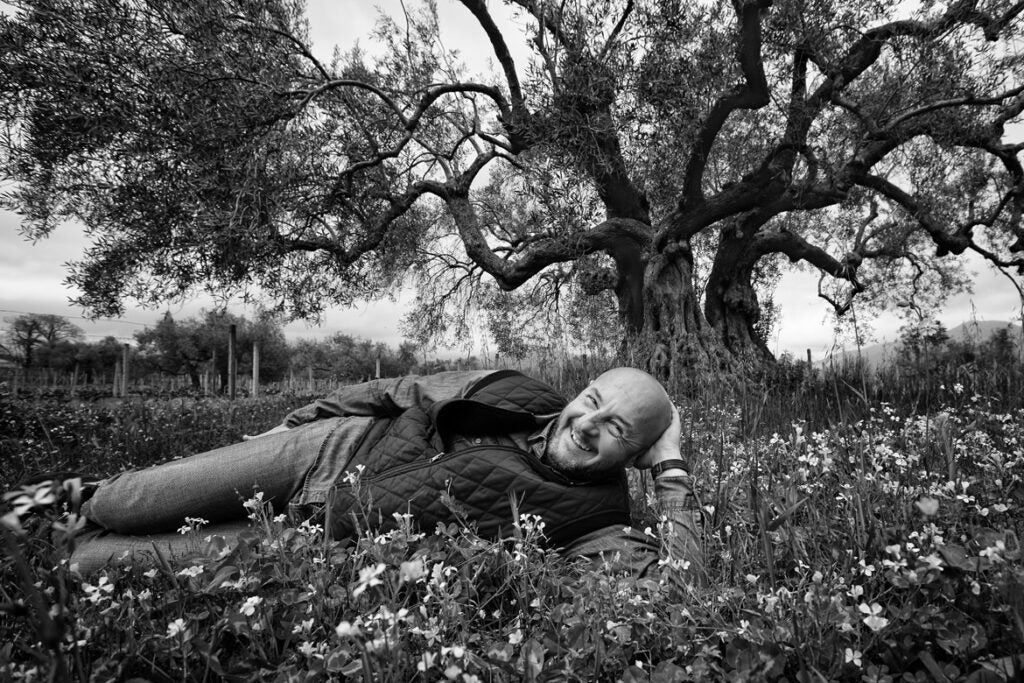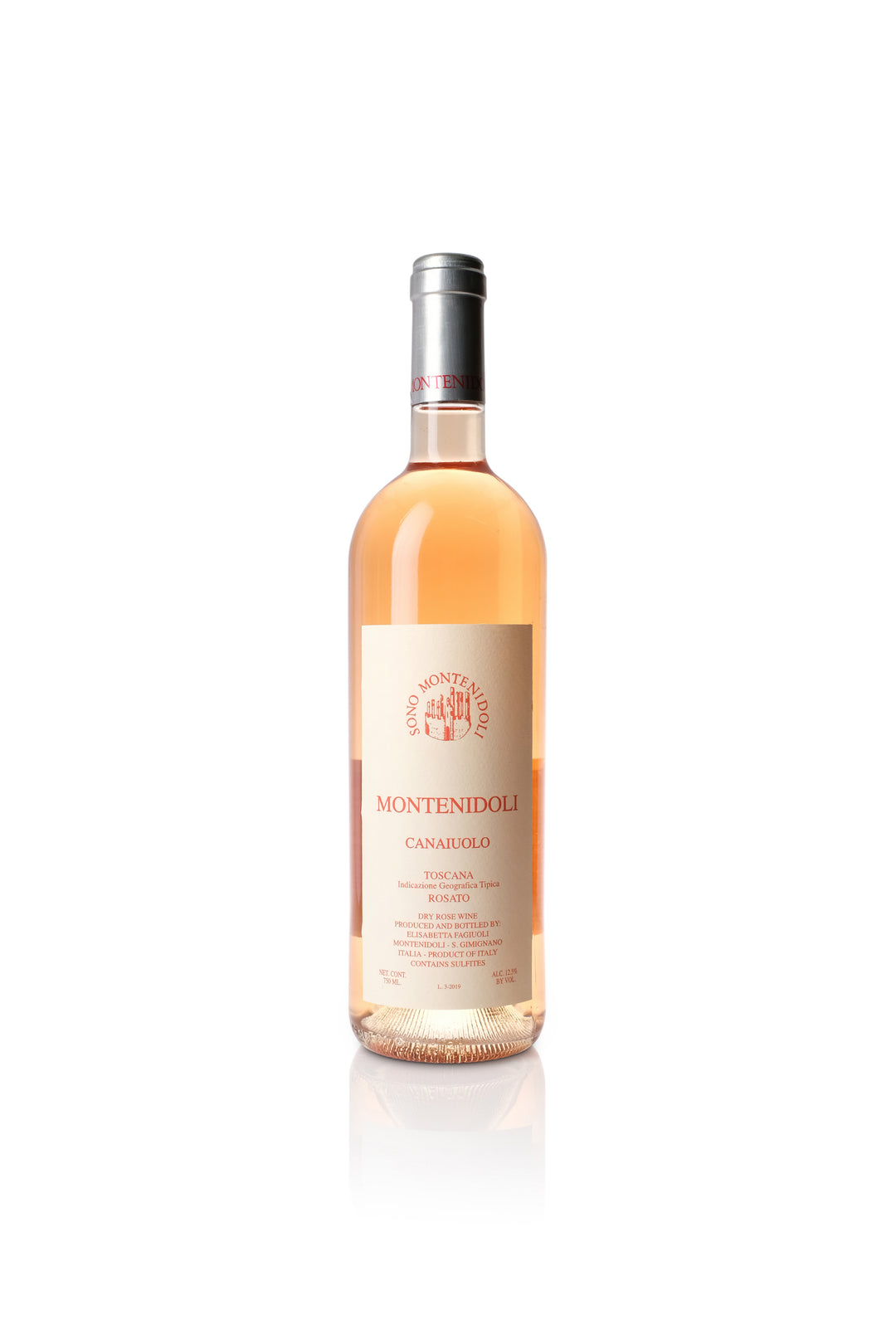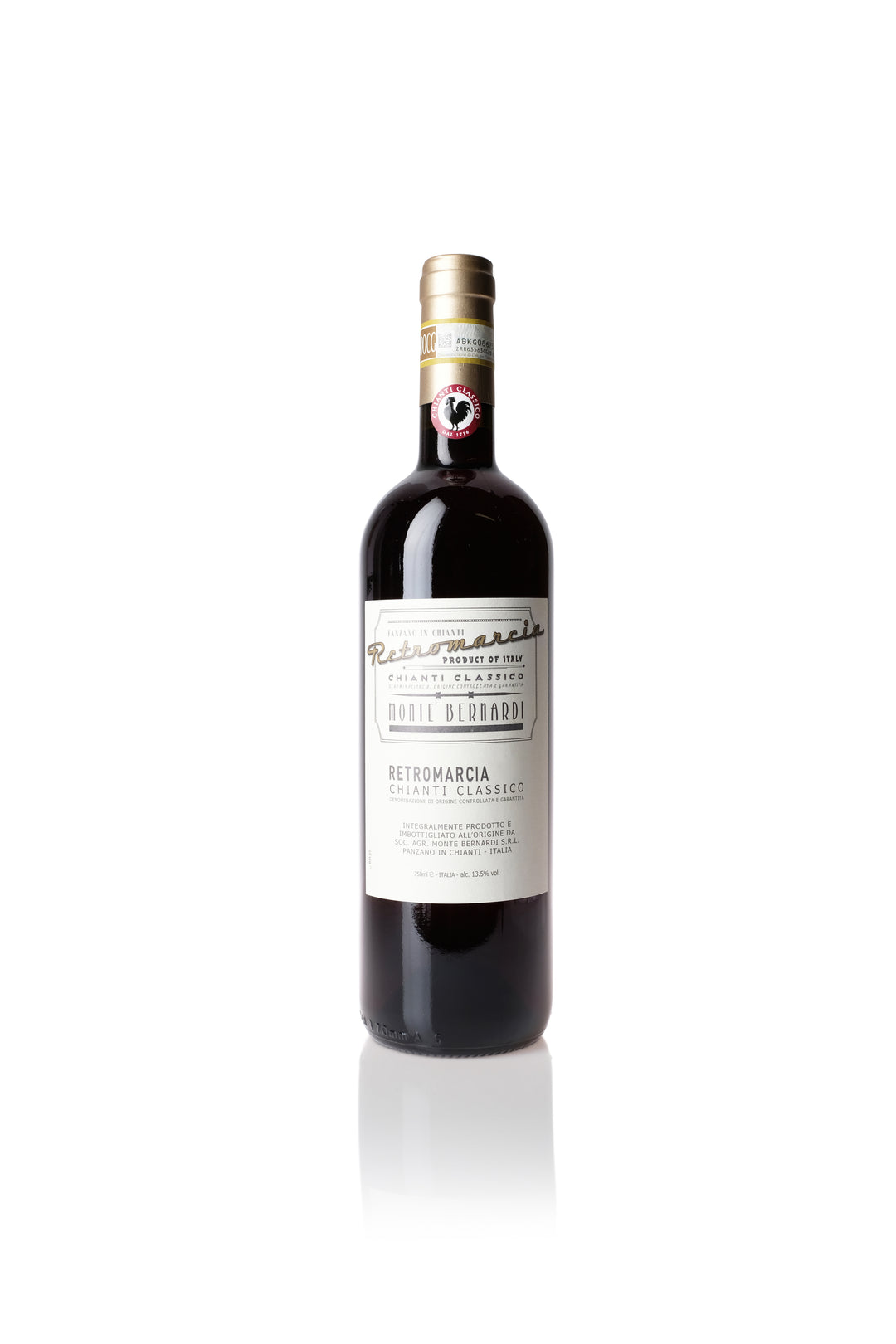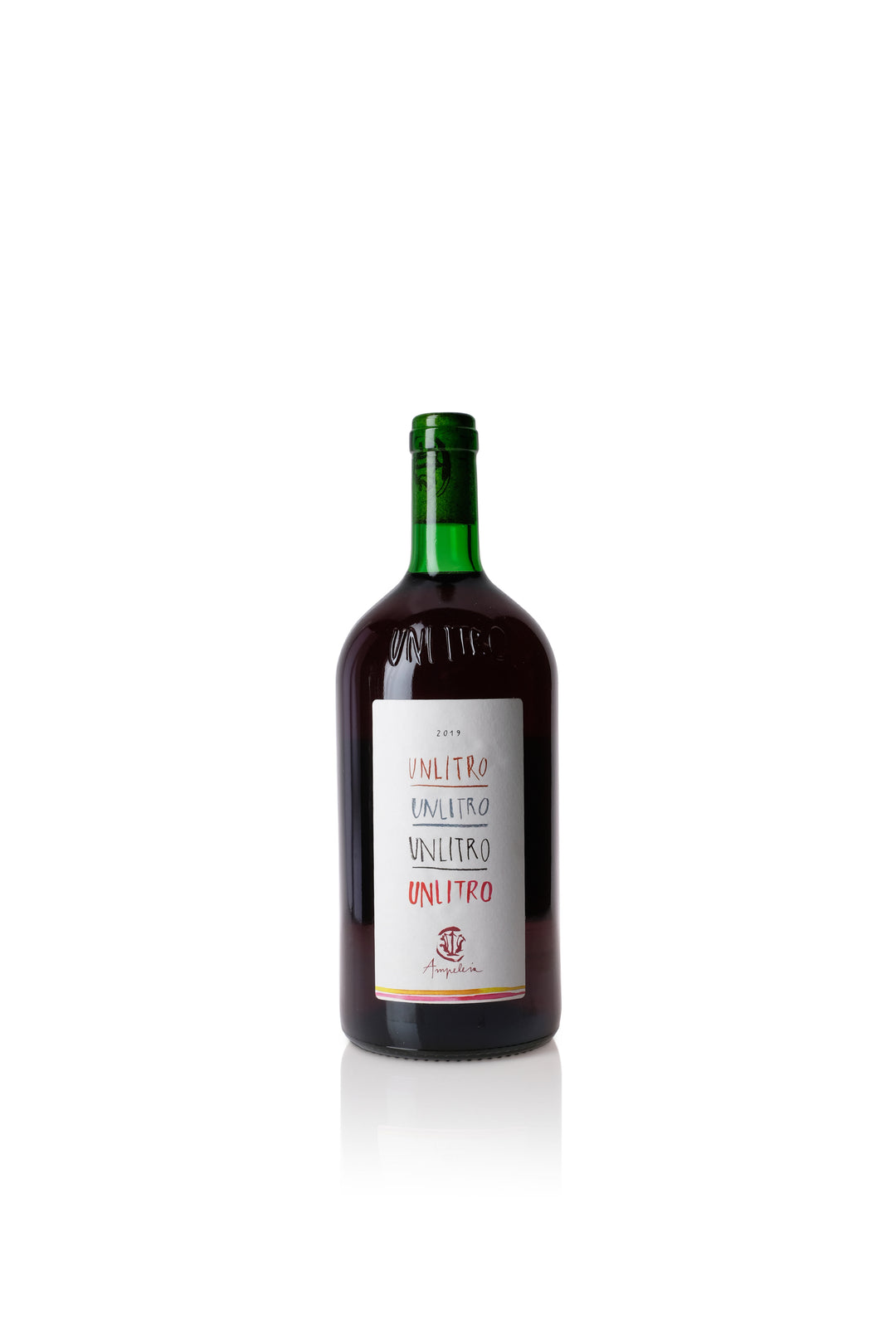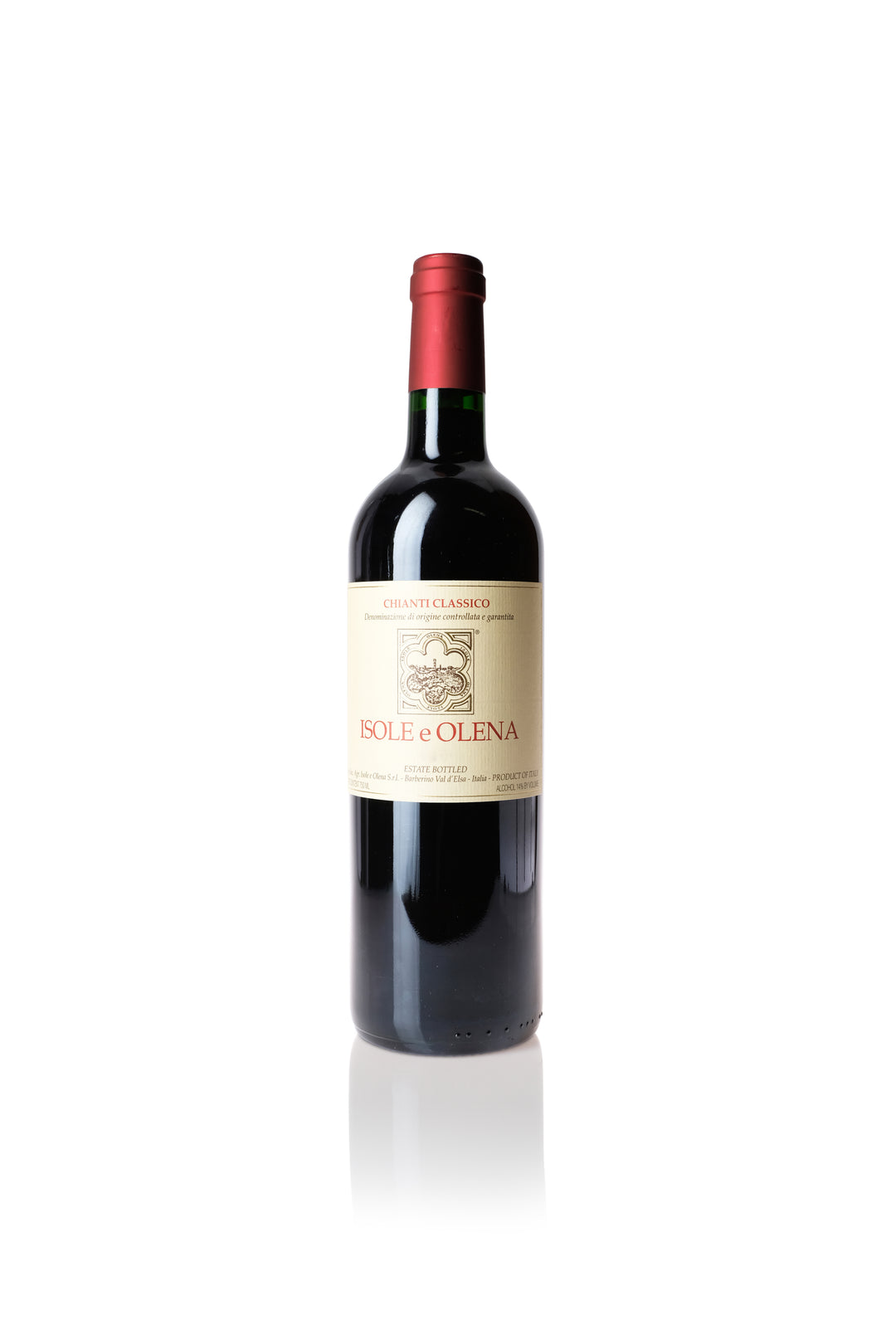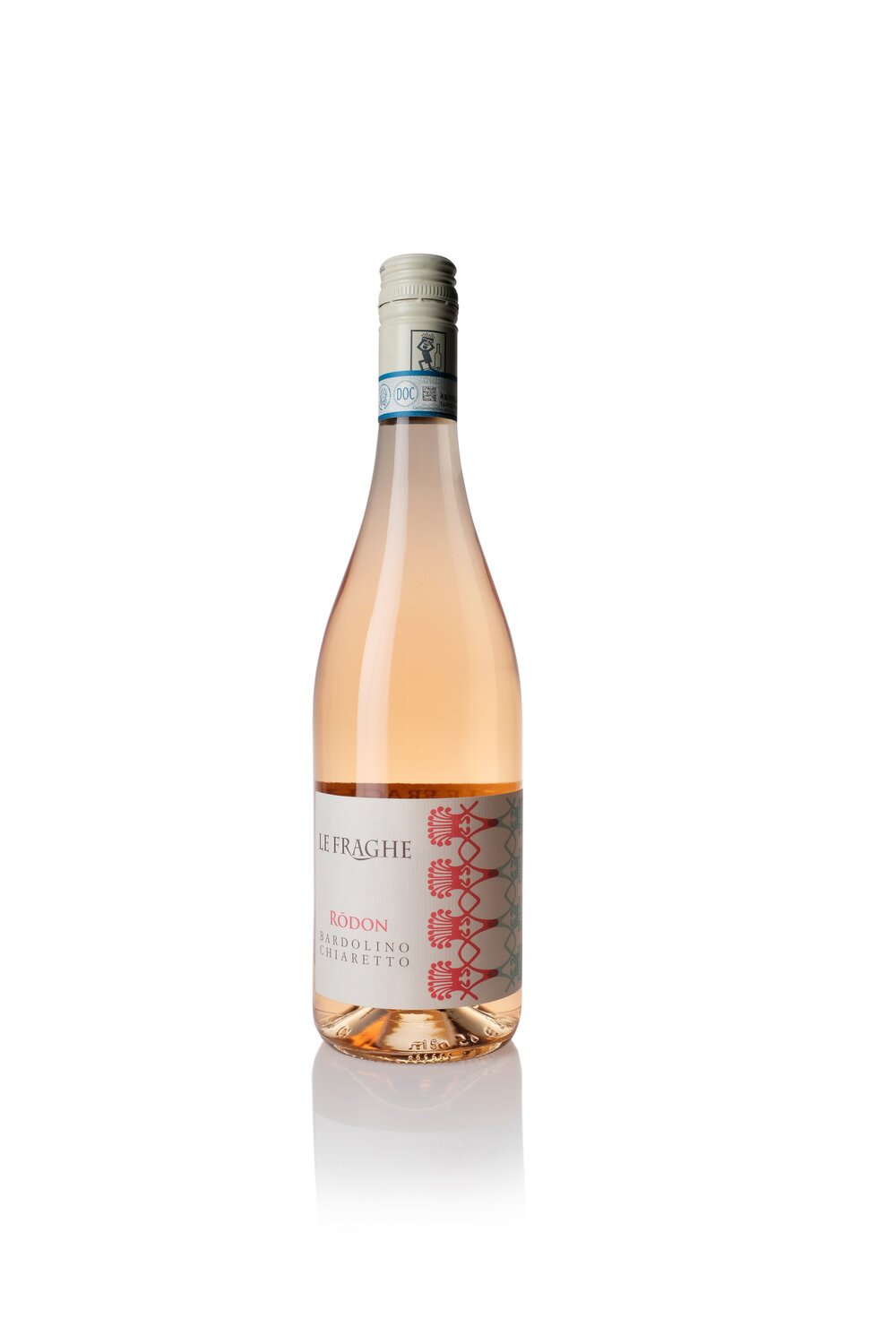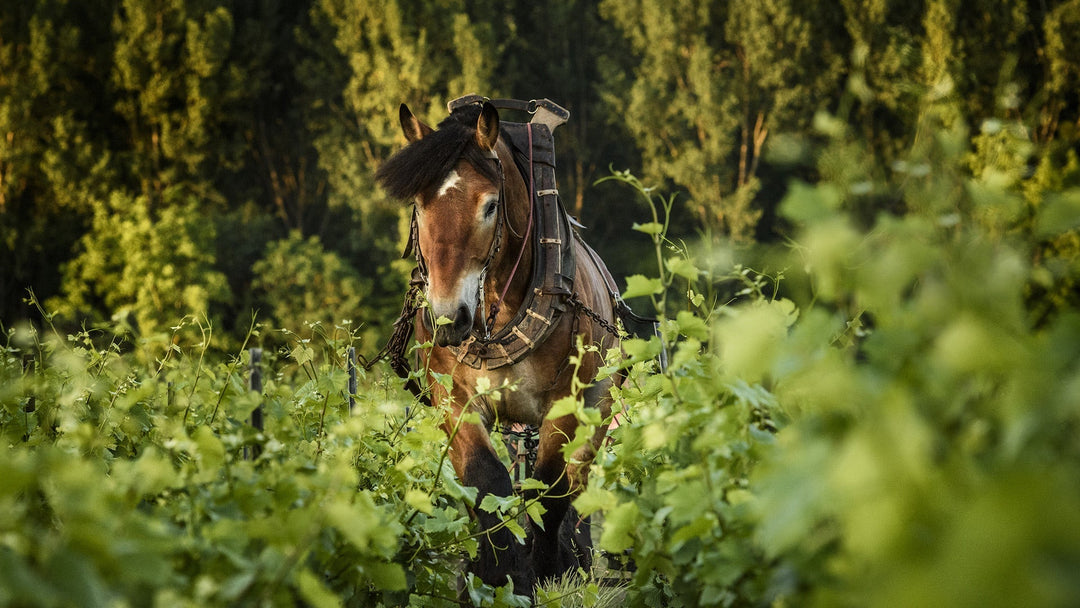SRC VINI
SRC only put down its winemaking roots in 2013. As far as winemaking history of this family, there is none. Etna has quadrupled the number of its producers growing fruit on its slopes over the last 20-30 years, with SRC at the forefront of a new wave of producers. We first knew of these several years ago, and even after tasting them four years ago while in Sicily, at a natural wine bar/restaurant called Cave OX on the north slope, they are finally available here in Ohio. The pursuit of the hunt always prevails in the wine world. We’re thrilled to have SRC here in Ohio, and available to drink in our Tasting Room.
Take the names of our three protagonists—Rori and Cinzia, and daughter, Sandra—and you have the acronym that makes SRC. The very essence of their name reiterates the family’s togetherness and a passion for the land in which they live and grow vines. Their winemaking story begins with Rori purchasing a small plot as a surprise for Cinzia, and in turn, she falls in love with it. They slowly acquired more land. The label’s striking color and shape comes from Cinzia’s work as an artist. The result is her take on her inspiration of Mount Etna, the heart of SRC’s identity. The curvy strip of color centered on the label is a river of lava, residing between two female profiles. This is an intentional homage to “Mother” Etna who takes care of her vines, and subsequently, her people who tend those vines.
But why would anyone grow fruit on an active volcano?! For Sicilians, the answer comes more easily than you’d think.
The wines of Etna are arguably more expressive of their terroir than any other place in the world. Even though the people of Sicily often live in a state of anxiety due to the mountain’s tendency to erupt unceremoniously, the resulting wines are more than worth the risks. While all winemakers face natural disasters daily—drought, hail, etc—volcanoes are risking death. Etna’s saving grace comes through in full force. The resulting volcanic ash is deposited all over the mountain and beyond. The ash brings nutrients to the soil while the high altitude slopes create ideal drainage. The vines are planted to altitudes as high as 4000 meters above sea level! You’ll even find the vines planted to terraced vineyards only accessible by hand—no machine will do. Oftentimes there is more than one soil type within a single slope as the lava will disintegrate into different grain sizes during its cooling process. Etna is a winemaker’s dream, though dreams often bring tragedy.
The SRC winery lies within the contrada of Calderara Sottana—but what does that mean? It’s easiest to compare this to Burgundy and Barolo where classified vineyards are governed by wine law. In France, it’s called a “cru.” In the case of Etna, a contrada is similar, except it’s not governed by wine law and it’s a more recent practice to vinify a contrada separately. So if a wine cites the contrada on the bottle’s label, the fruit must come from that plot. It’s a French approach, though distinctly Sicilian. The Calderara Sottana contrada lies on the northern slopes of the active volcano, though why would that matter? In the north of Etna, those slopes do not soak up as much Mediterranean sunshine, resulting in more time in the shade. The style of SRC is more elegant, aromatic, and brighter due to the natural acidity from their fruit in northern Etna.
If our love for the wines of Mount Etna weren’t evident enough, consider the love the SRC family has for the biodiversity of their homeland. In this area, the mountain air is rich and pure, unadulterated by pollution. Wild herbs grow there acting as natural defenders of vine pests. Local sheep fertilize the soils. Pine trees and hazelnut trees grow, adding to the charming flora and fauna of Etna. All these factors unite in creating wine with a sense of place, while simultaneously upholding the rigorous practice of biodynamic farming.
While farming and terroir complete only part of the puzzle, the winemaking here accounts for the rest. In the cellar, SRC upholds their serious efforts towards honest farming practices. The fermentation is unhurried and happens naturally, allowing for indigenous yeasts to spontaneously begin. Cement and steel are used more often than wood, allowing the wines to retain the purity of their fruit. When wood is used, it is only large old barrels that act as a simple vessel. Intervention is minimal and no sulfur is used.
Etna’s main grape variety is Nerello Mascalese, a name that doesn’t roll off the tongue effortlessly. It is often compared to Pinot Noir, the supreme red variety of Burgundy—yes, we’re referencing Burgundy again. Both styles are elegant, complex, aromatic, teeming with acidity, and interestingly enough, can thrive in reputably temperamental growing conditions. The draw here is if you have any love whatsoever for Pinot Noir, we know you’ll be captivated by the reds of SRC.
Etna’s main white variety is Carricante, one that often has the richness of Chardonnay, but with acidity and ageability of Riesling. The wine often has a beautiful saline quality on it, making it more than ideal for food pairing. Think of the wines here as a seasoning to your meal. We don’t call the shots, but it sure sounds like Etna could be the metaphorical Burgundy of the Mediterranean.
We’re excited to share the wines of SRC with you, and we love the wines that come from the small producers on this active volcano. Their story is compelling and honest; we think their wines tell the same story


